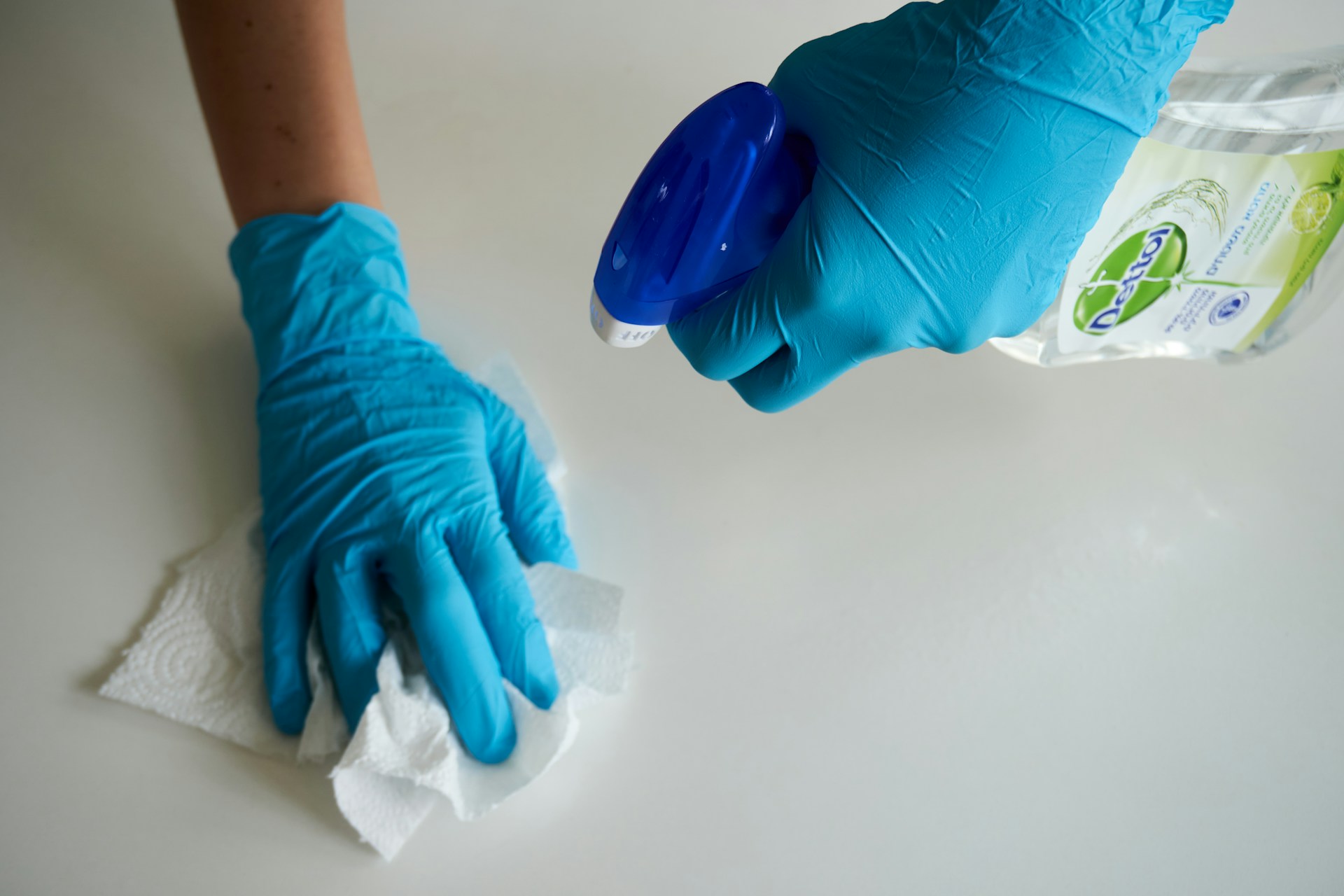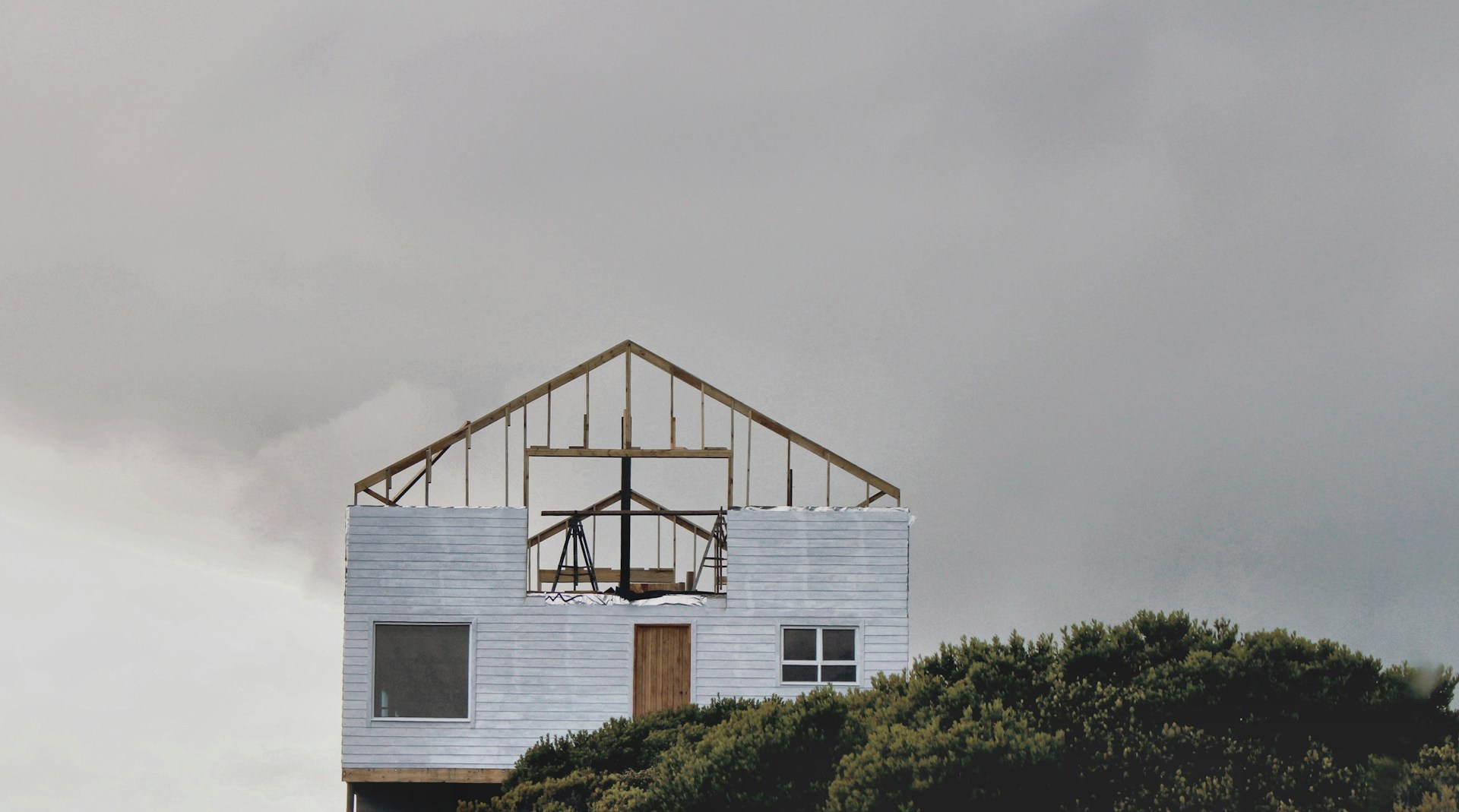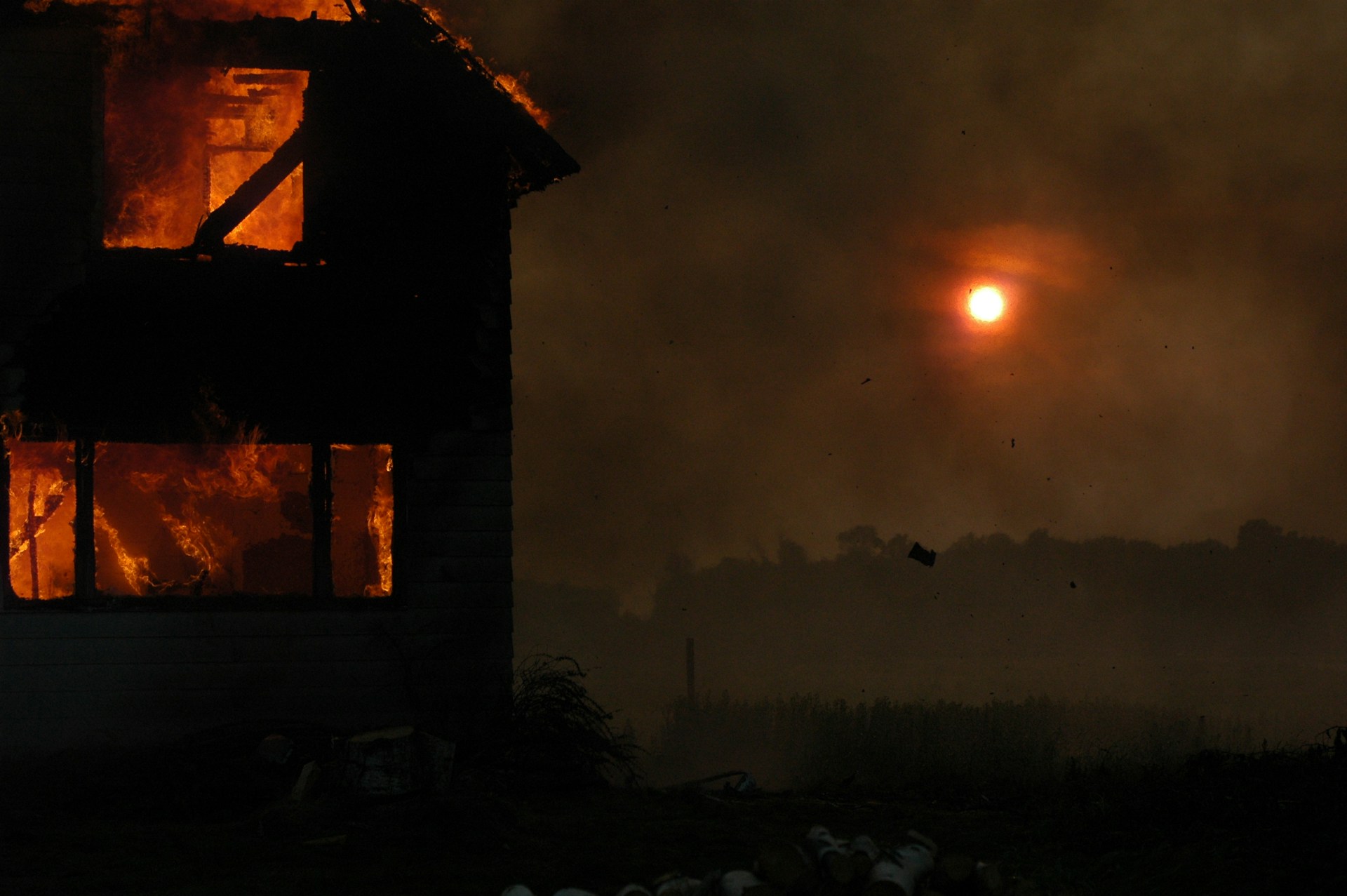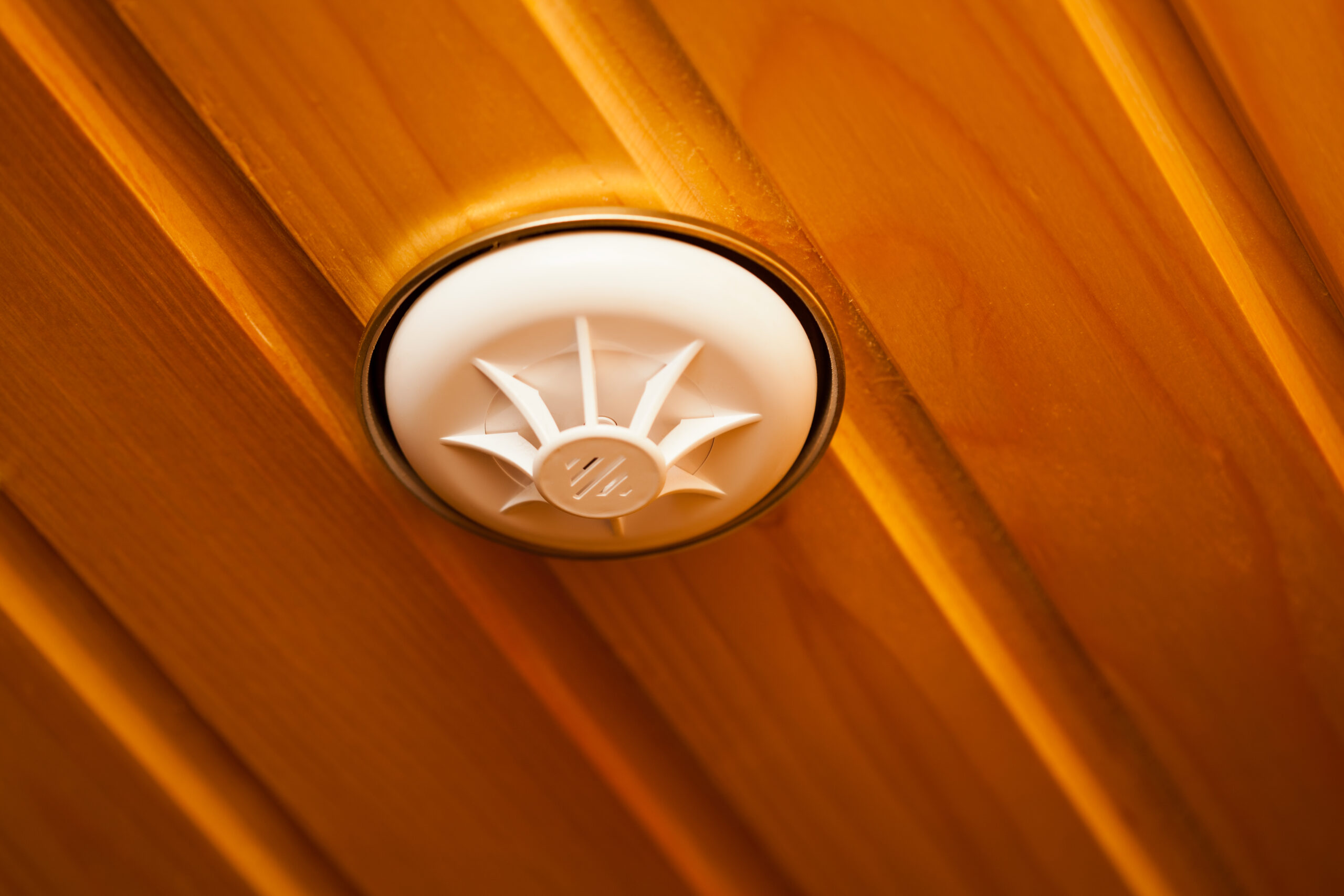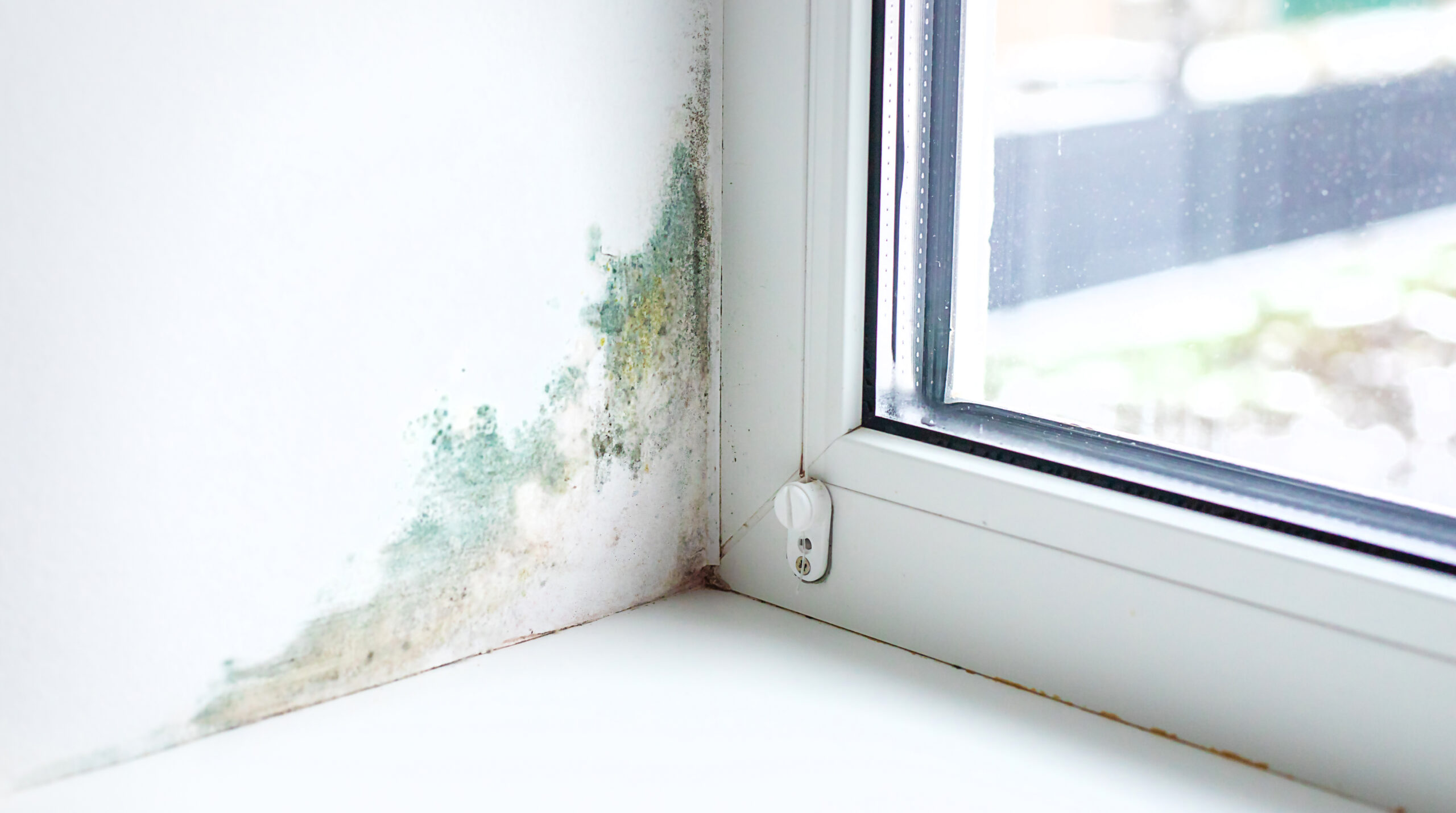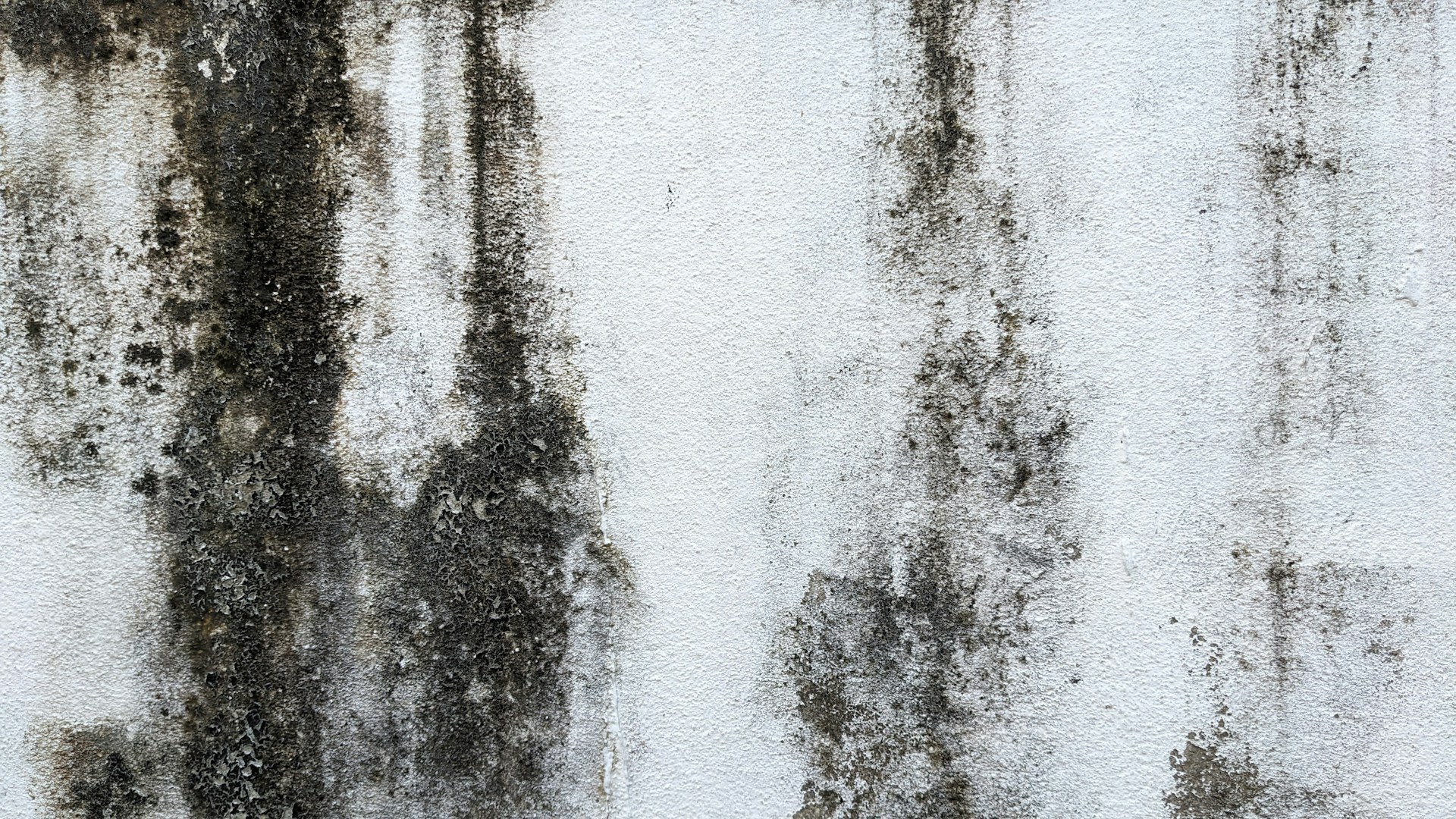Water damage can strike your home in various ways, from plumbing issues and appliance failures to severe weather events like floods or storms. Dealing with the aftermath of water damage may leave homeowners feeling overwhelmed and uncertain about how to best restore their living spaces. As a leading damage restoration company in Charlotte, NC, we understand the unique challenges and complexities of water damage restoration and the importance of adequate, timely intervention to minimize property damage and health risks associated with excess moisture.
In this comprehensive blog post, we will guide you through the water damage restoration process, from the initial assessment and water extraction to drying, cleaning, and taking preventive measures to protect your property in the future. Our aim is to empower you with the knowledge required to tackle water damage issues confidently, ensuring a safe and comfortable environment for you and your family.
I. Understanding Water Damage Categories and Classes
Before diving into the restoration process, it’s essential to learn about the different categories and classes of water damage as they determine the appropriate remediation approach.
1. Categories of Water Damage:
– Category 1: Clean water from sources like rain or tap leaks, generally least harmful
– Category 2: Greywater with moderate contamination, originating from sources like dishwasher overflows or washing machine leaks
– Category 3: Blackwater contains high levels of contamination, such as sewage or floodwaters, posing significant health risks
2. Classes of Water Damage:
– Class 1: Least severe, minor water intrusion in one area with minimal absorption by porous materials
– Class 2: Moderate severity, water intrusion affects larger areas and penetrating porous materials like carpets and walls
– Class 3: The most severe damage, extensive water intrusion saturating walls, ceilings, and floors, originates from overhead sources or flooding
II. Prompt and Thorough Water Damage Assessment
A timely and accurate assessment of the extent and severity of water damage is crucial to developing a successful restoration plan.
1. Visual Inspection: A trained professional will carefully inspect your property, identifying the source, affected areas, and any visible damages.
2. Moisture Detection: Professionals use advanced moisture detection equipment, such as moisture meters and infrared cameras, to gauge the overall impact and locate hidden moisture in walls, floors, and ceilings.
III. Essential Steps for Water Extraction, Drying, and Dehumidification
Effectively addressing water damage requires a methodical approach, including water extraction, drying, and dehumidification to prevent further damage and mold growth.
1. Water Extraction: The first step is removing standing water and excess moisture, utilizing high-powered vacuum units, and pumps. The faster the water is extracted, the less damage occurs.
2. Drying: Once the excess water is removed, the drying process begins. Professionals use industrial-grade air movers and dehumidifiers to eliminate remaining moisture from materials and indoor air.
3. Monitoring and Adjusting: Throughout the drying process, technicians will regularly monitor moisture levels and adjust equipment as needed to guarantee effective drying.
IV. Cleaning, Sanitizing, and Restoration Efforts
After addressing moisture, thorough cleaning and restoration efforts help return your home to a habitable condition.
1. Cleaning and Sanitizing: Professionals employ specialized cleaning and sanitizing agents to remove residue, stains, and contamination from surfaces, materials, and belongings.
2. Odor Removal: Equipment like air scrubbers, HEPA-filtered vacuums, and ozone generators help neutralize unpleasant odors associated with water damage.
3. Restoration and Repair: The final step involves repair work, such as replacing damaged drywall, flooring, or insulation, as well as repainting and refinishing surfaces.
V. Preventing Future Water Damage
To avoid potential recurrence and maintain a moisture-free living environment, consider these preventive measures.
1. Regular Inspection and Maintenance: Routinely inspect your home for signs of leaks, cracks, or water damage, and promptly address any concerns.
2. Improve Drainage and Waterproofing: Ensure proper drainage away from your foundation, install a sump pump, and apply waterproof sealants to walls and floors in moisture-prone areas.
3. Monitor Your Appliances: Keep an eye on your appliances like washing machines, dishwashers, and water heaters, fixing them or replacing them if faulty.
Embrace Knowledge and Take Action Against Water Damage
Addressing water damage effectively lies in knowing the essential steps of water damage restoration and enlisting the expertise of professionals when needed. By comprehending the process, homeowners can efficiently preserve the integrity of their homes and ensure a safe, comfortable environment after water-related incidents.
Remember that quick responses, accurate assessments, thorough water extraction and drying, and meticulous cleaning and restoration efforts pave the way to full recovery and restored peace of mind.
For a reliable partner in water damage restoration in Charlotte, NC, turn to Contents Restoration Services. Our professional team is committed to helping you restore your living environment to a dry and comfortable state. Contact us today to learn more about our comprehensive water damage restoration services.

